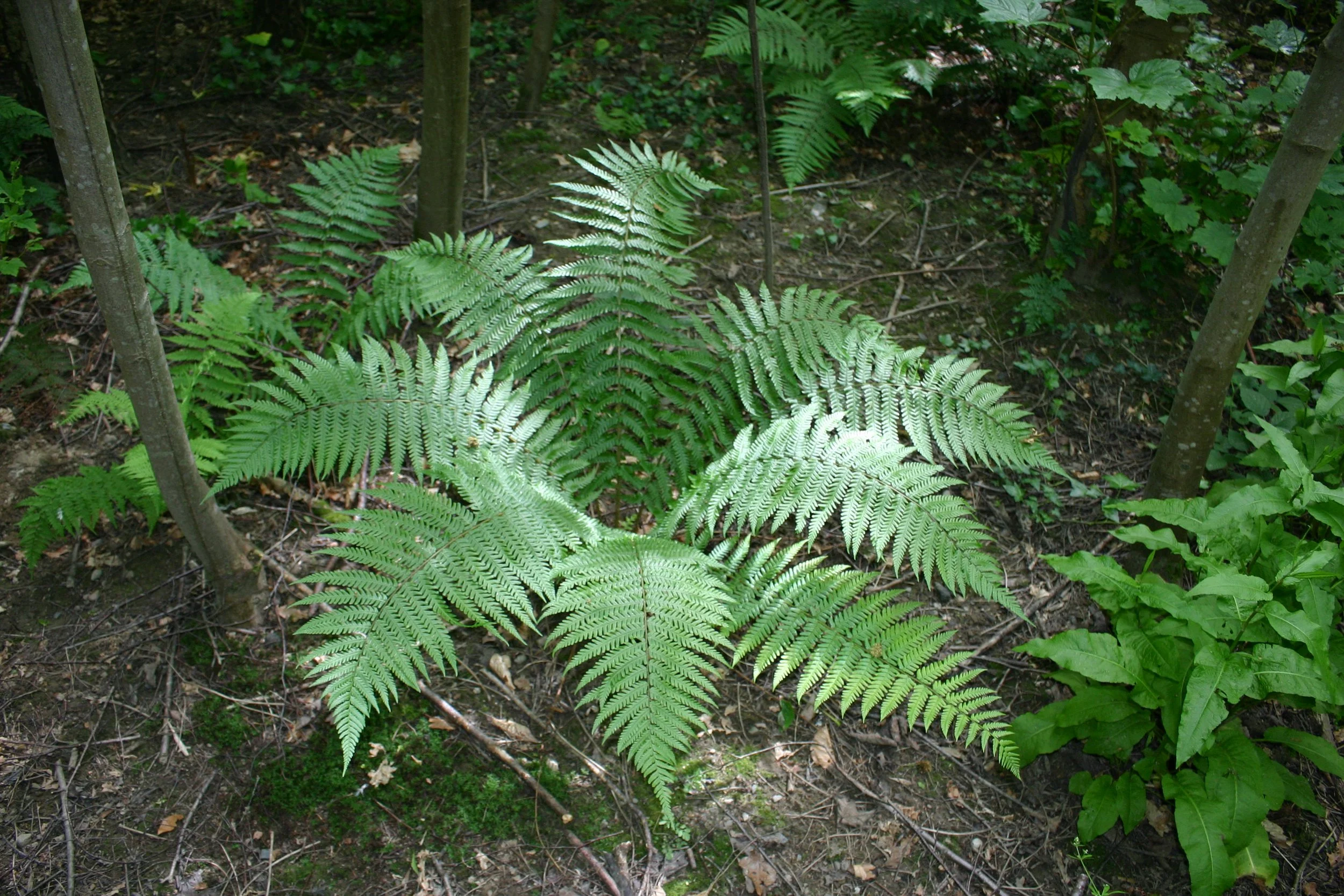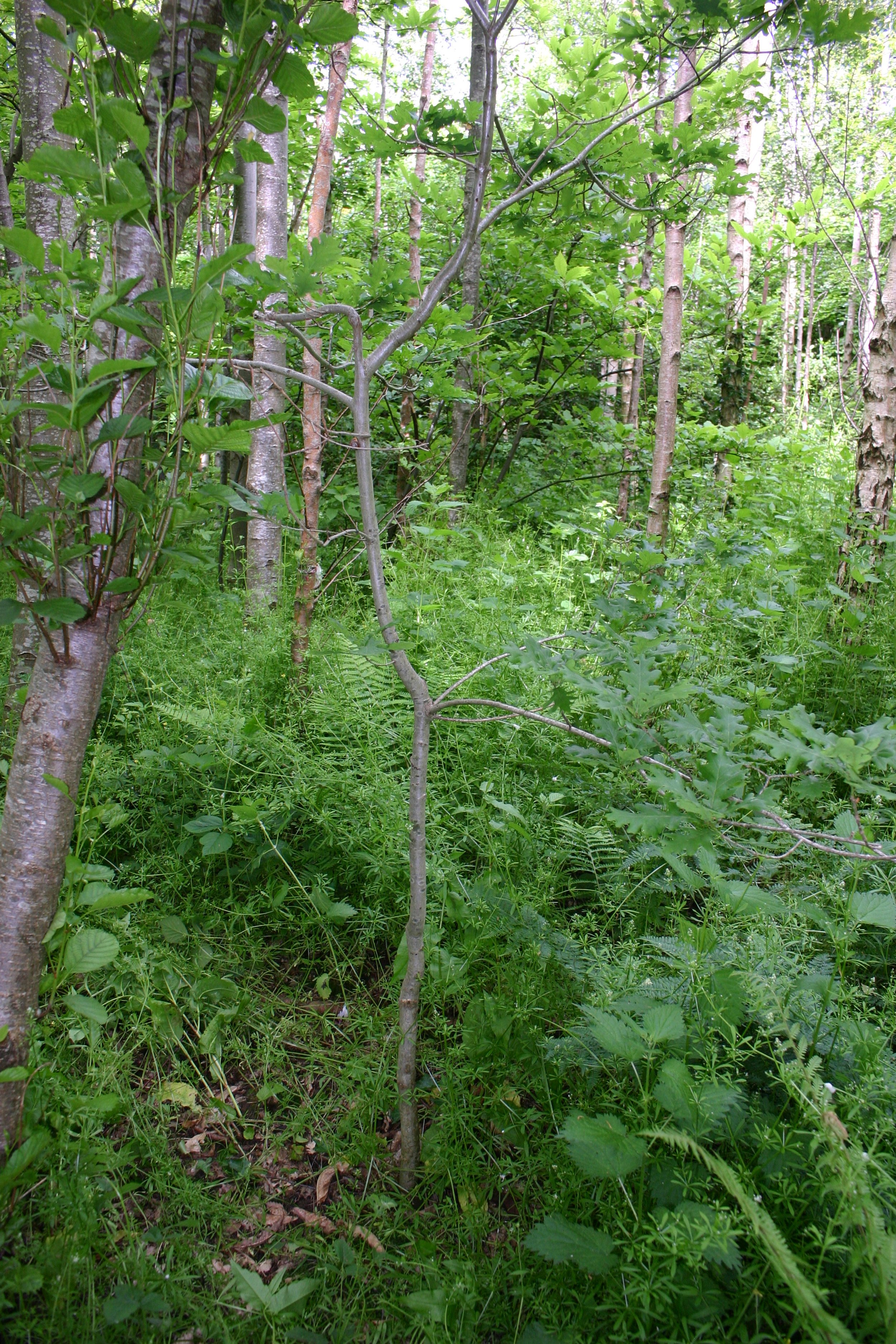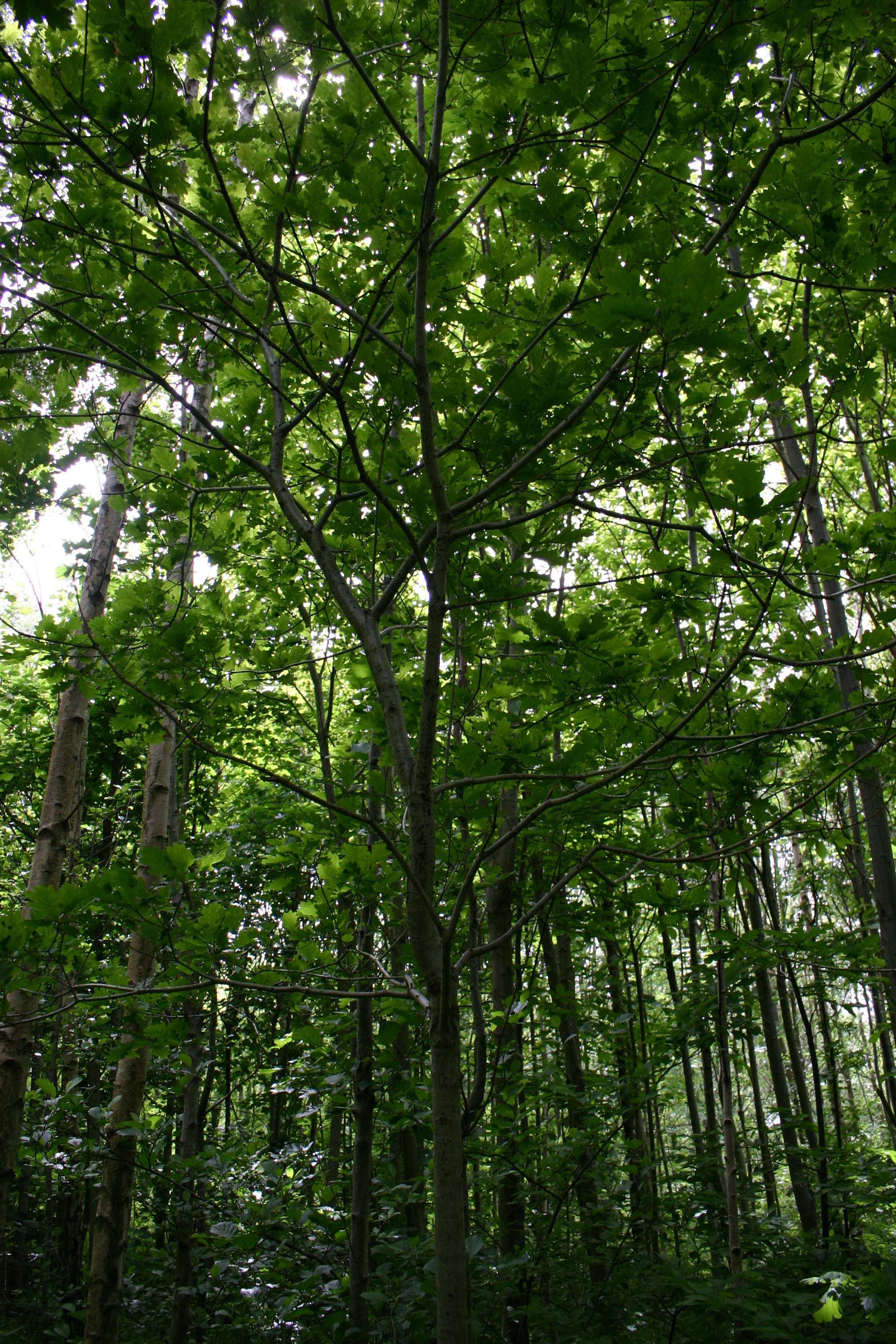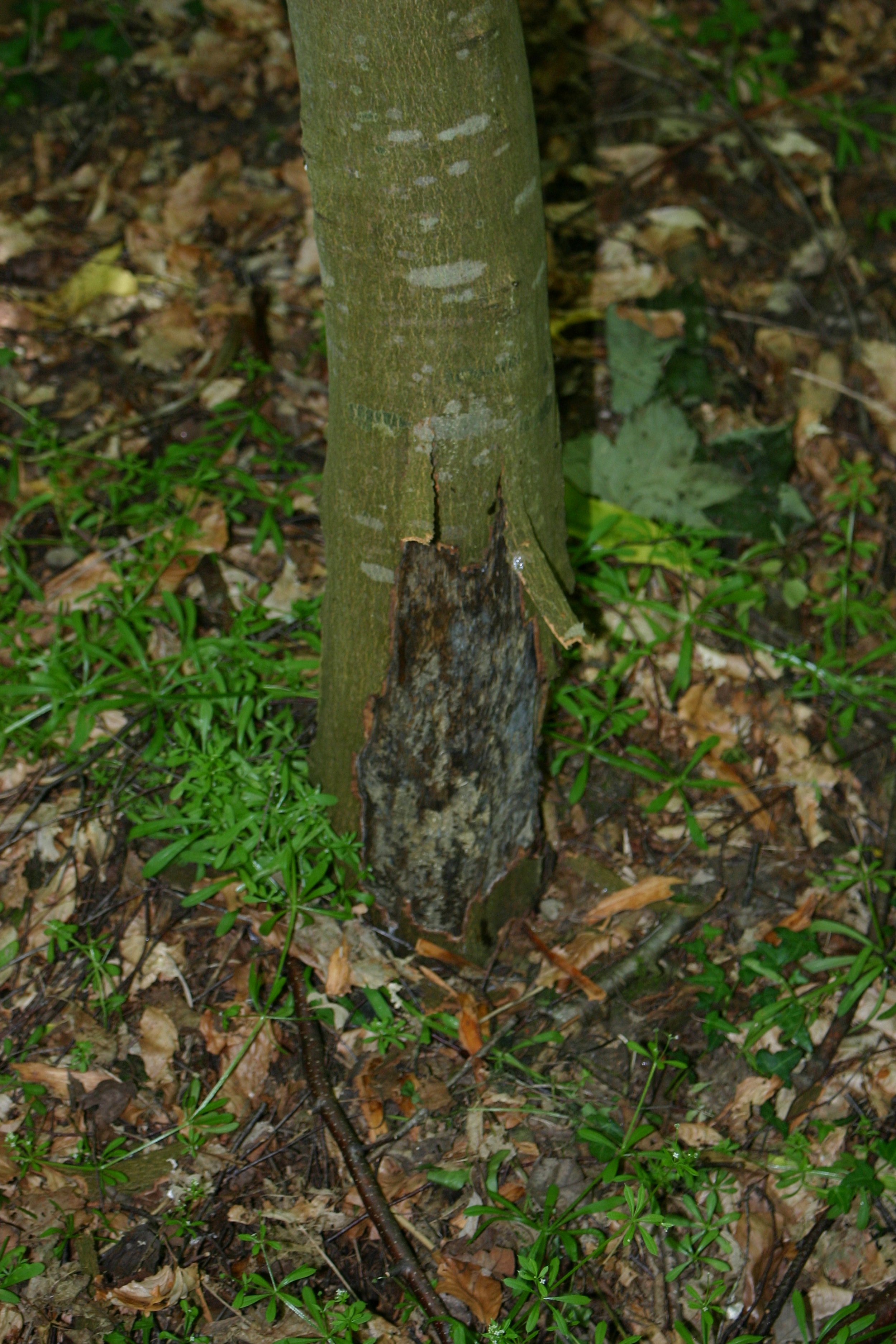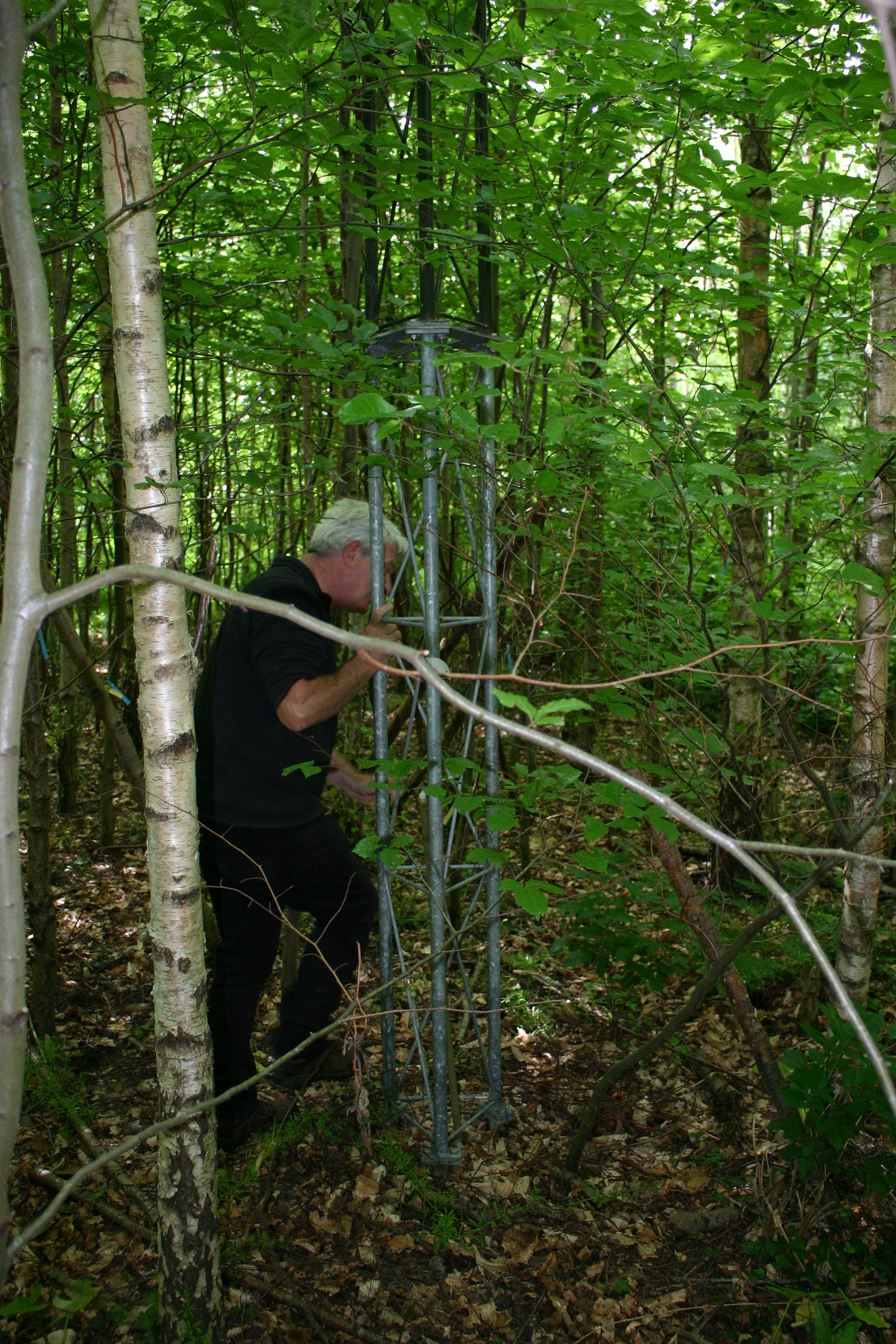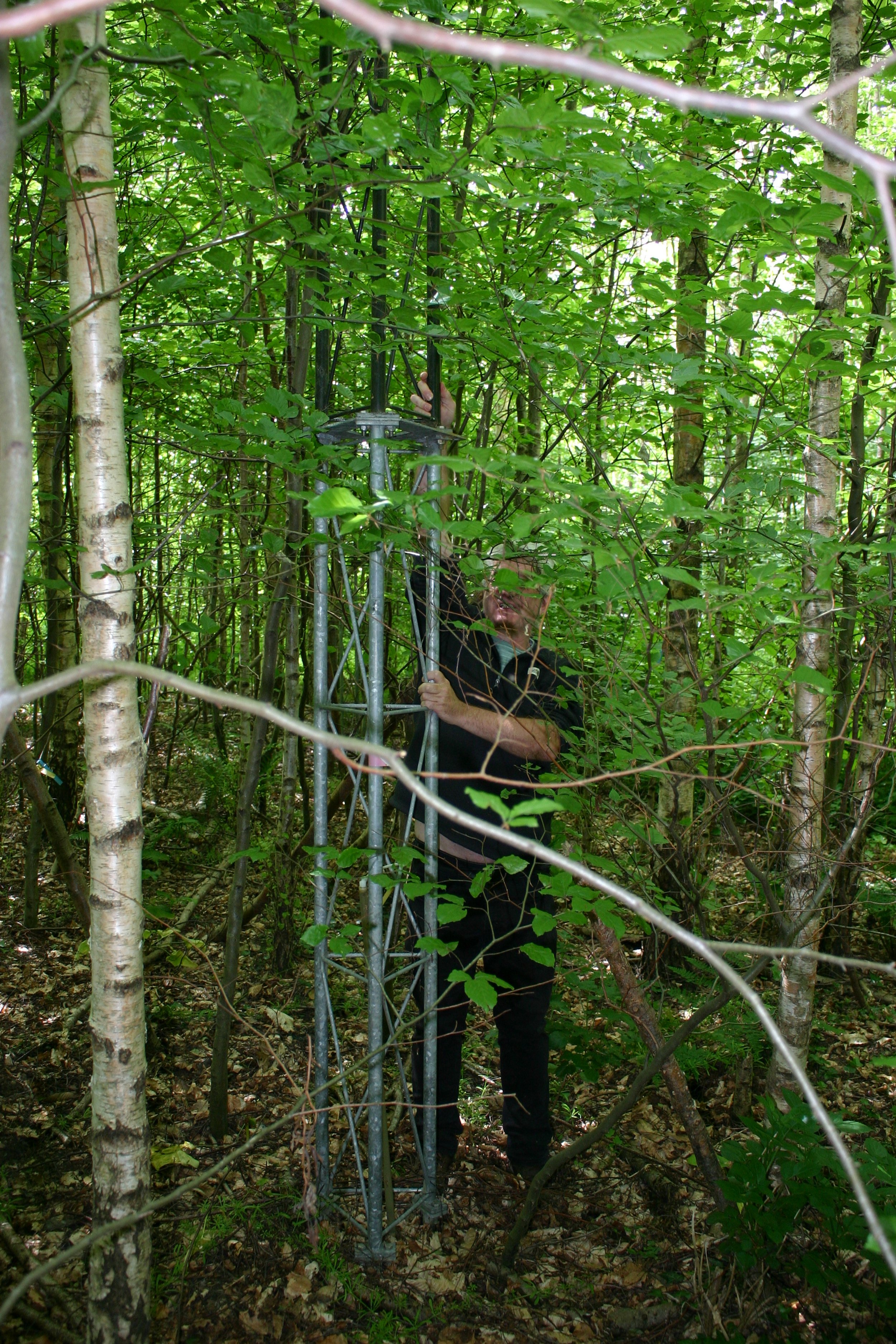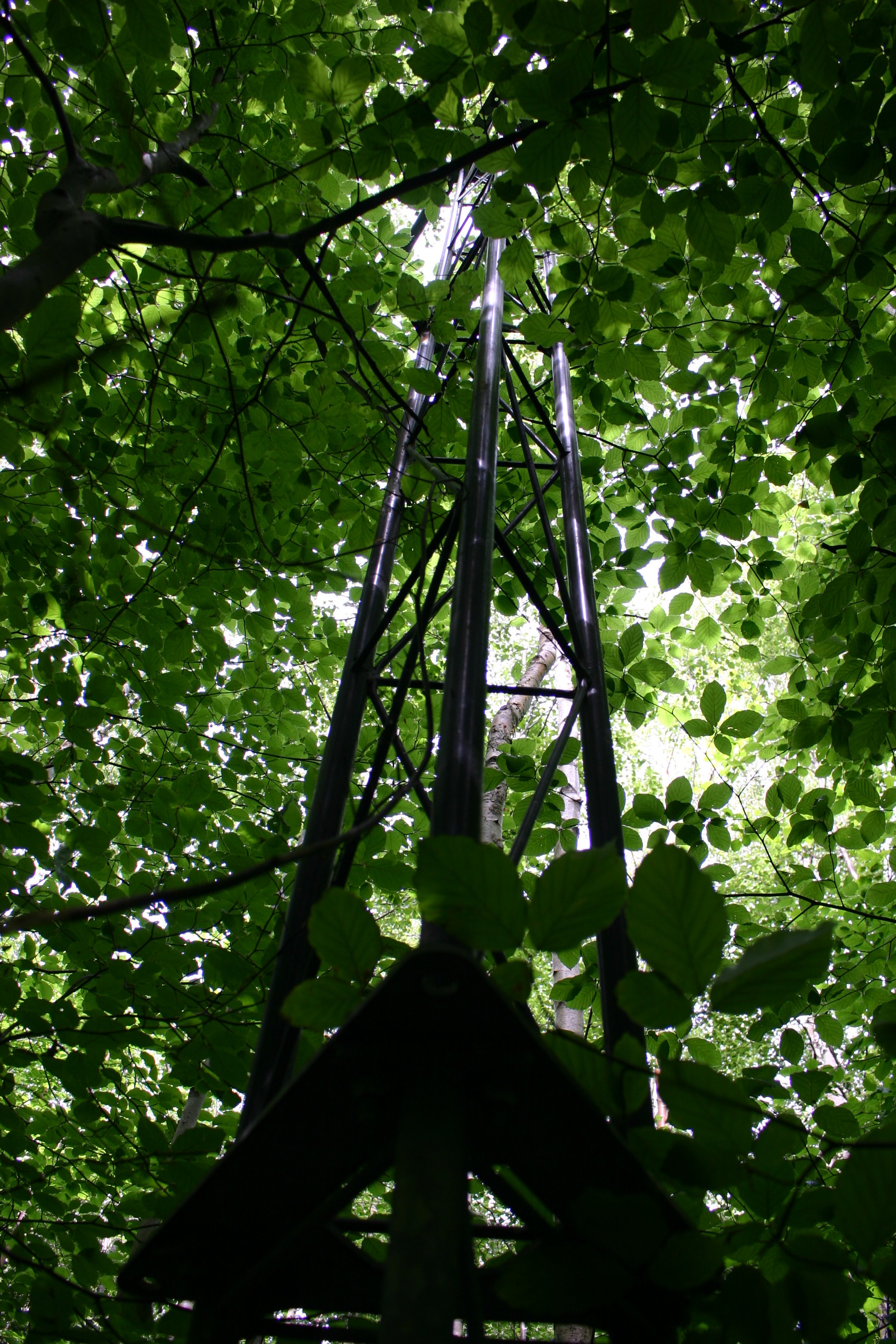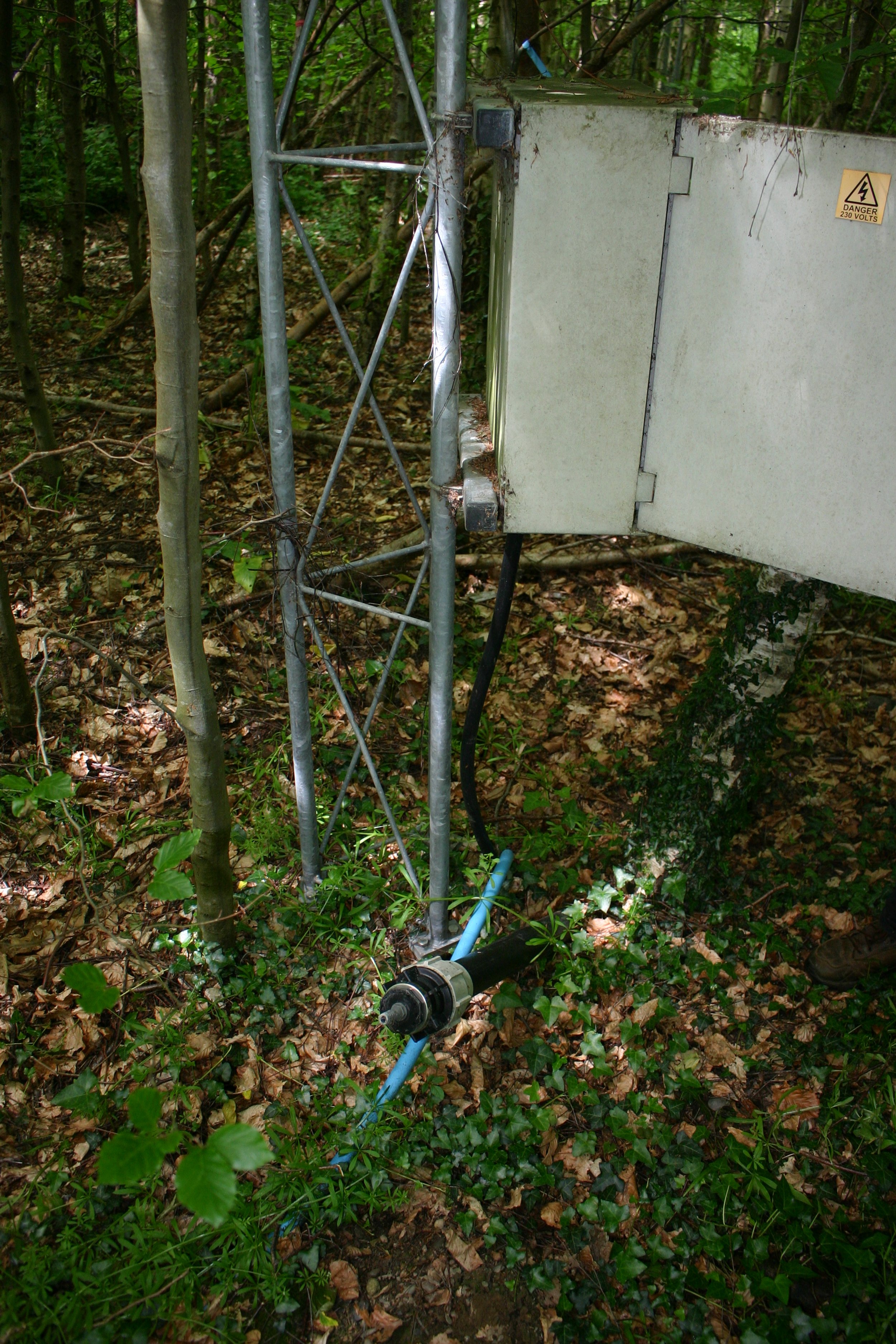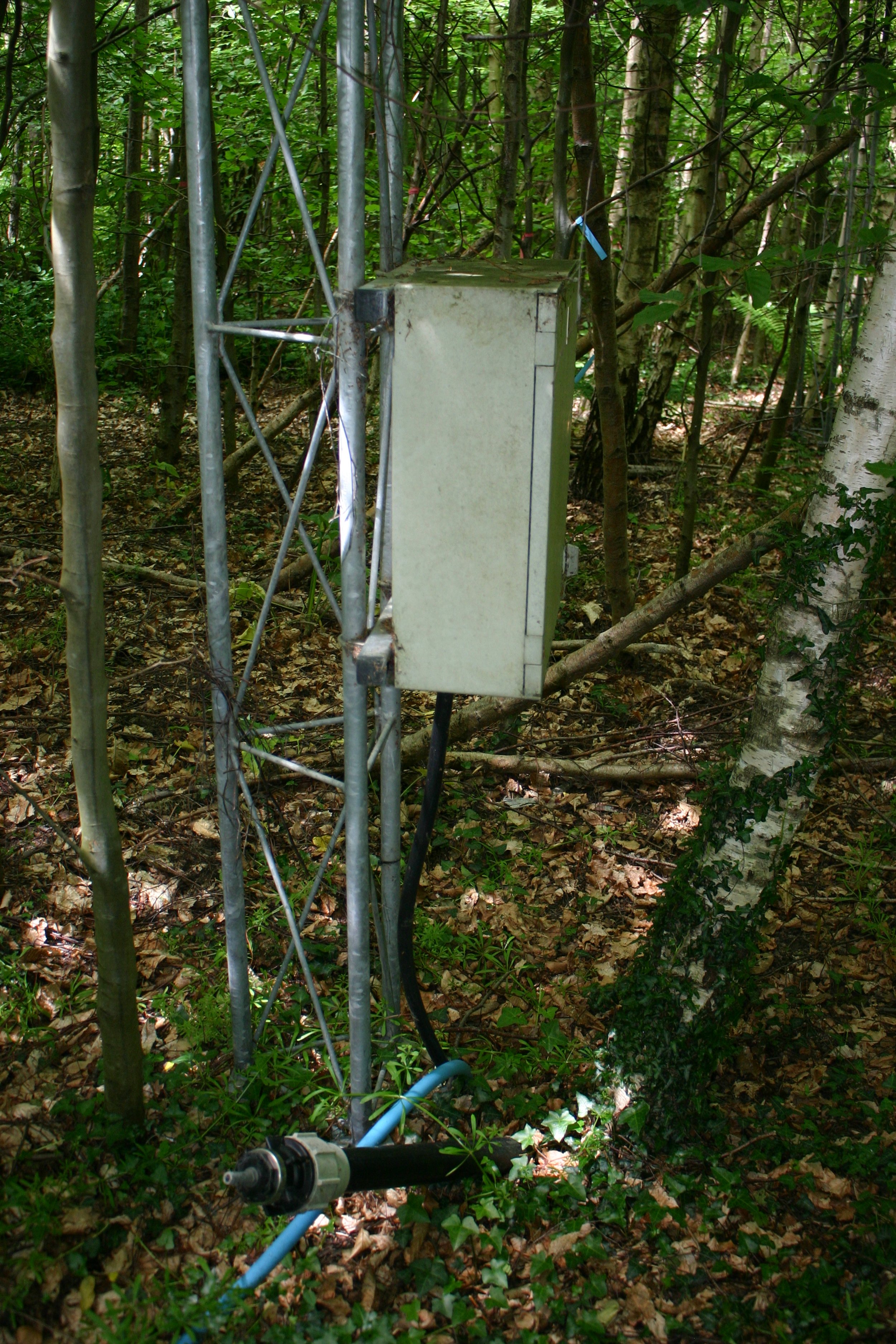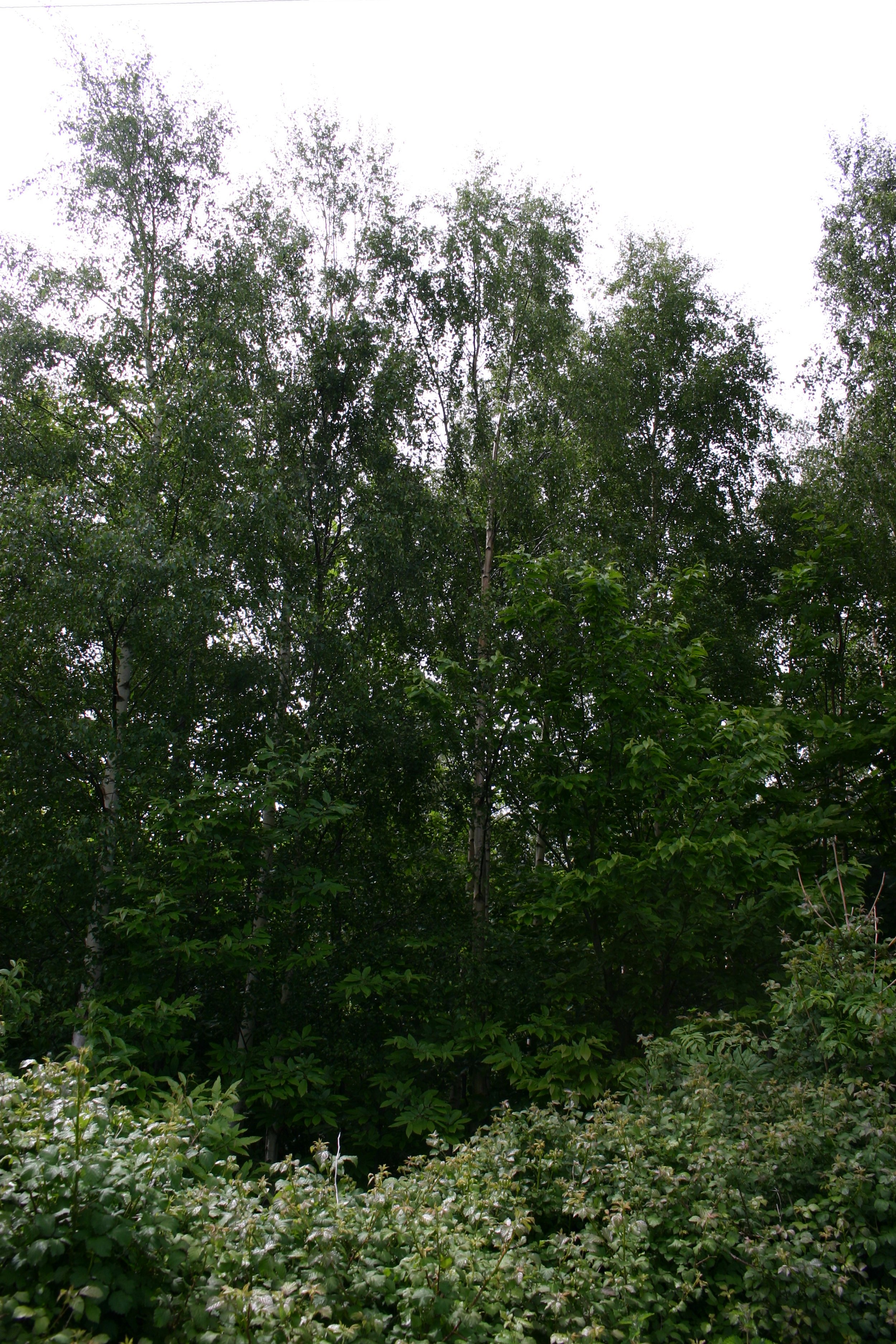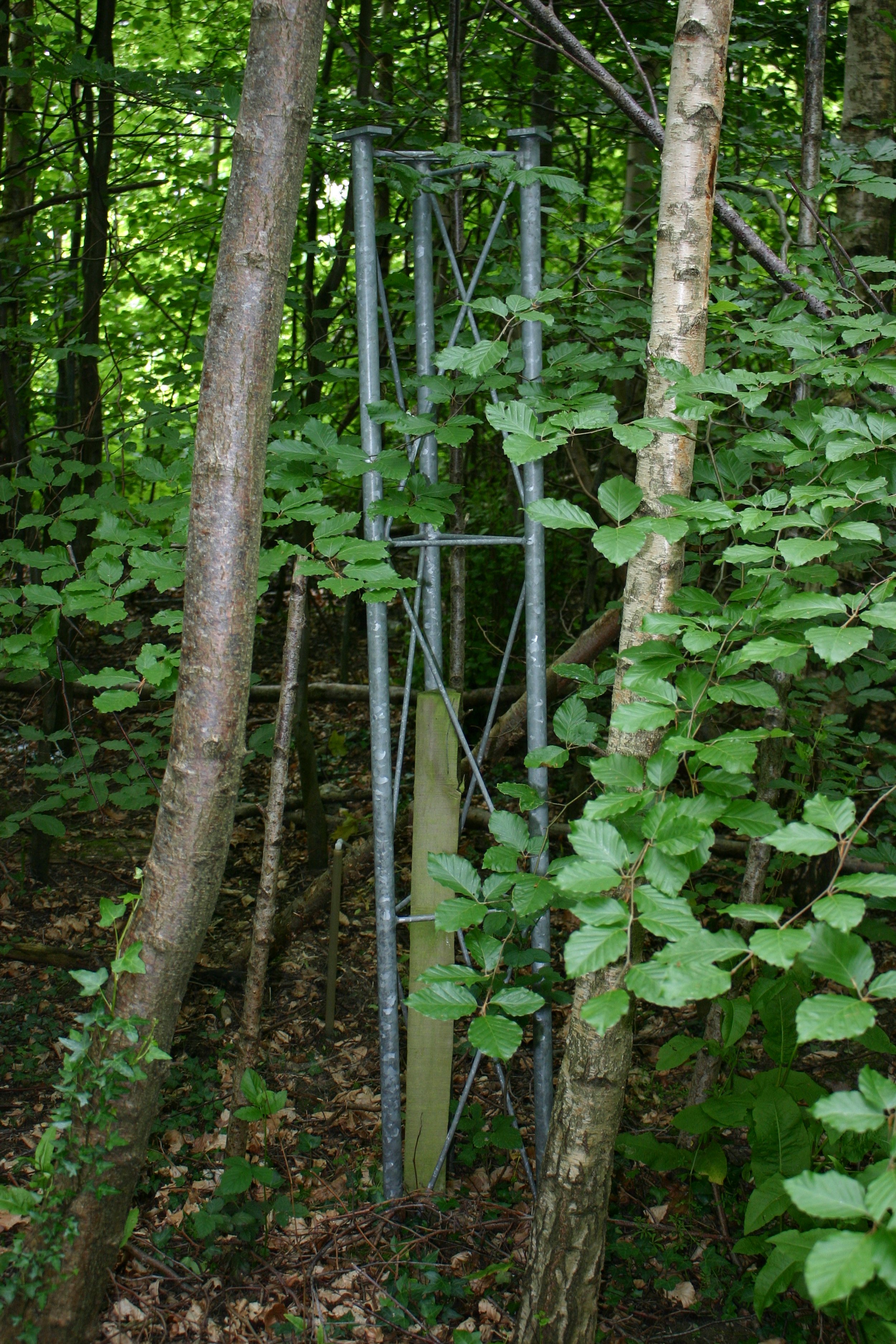Wales
ECT Media
Podcast with Andy Smith
Watch drone footage that shows the Henfaes experimental plots, the BangorDIVERSE plots, and other project plots.
Impacts
Scientific:
Mitigating flood risk
Improving carbon sequestration
Overview
The BangorDIVERSE experiment aims to uncover how the interactions between different tree species might affect ecosystem services (such as fresh water provisioning, flood defences, or plant biomass productivity).
The tree species utilised in this experiment (birch, sycamore, ash, beech, oak, sweet chestnut, alder) all have different ecological traits which means they can complement each other to enhance ecosystem services. By planting them in different combinations, this will identify the best way to maximise ecosystem services.
Experiment start date: 2004
Habitat type: Woodland
Experiment type: Climate
Site manager: Ian Harris
Site owner: Bangor University
Site size: 2.36 hectares
Experiment conducted by: Andy Smith, Bangor University
Experiment goal: To identify the best tree species combinations to provide ecosystem services.
Stakeholders: Woodland Trust, Forest Research, and BIFoR-FACE.
Additional links: BangorDIVERSE Field Facilities at Henfaes Research Centre
Visiting
Whilst there is no public access to the site, researchers may visit but by prior arrangement only. Contact Andy Smith (details below) to arrange a visit.
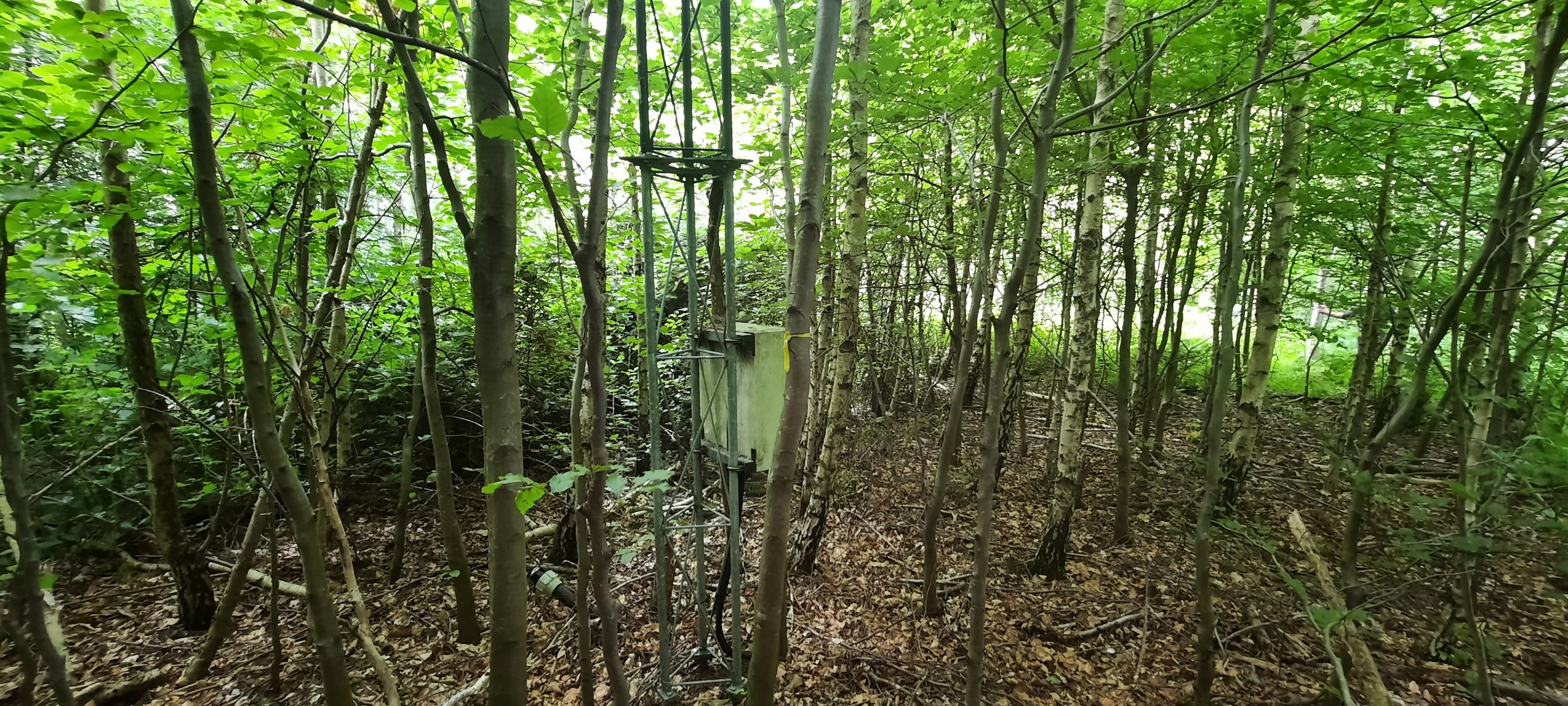
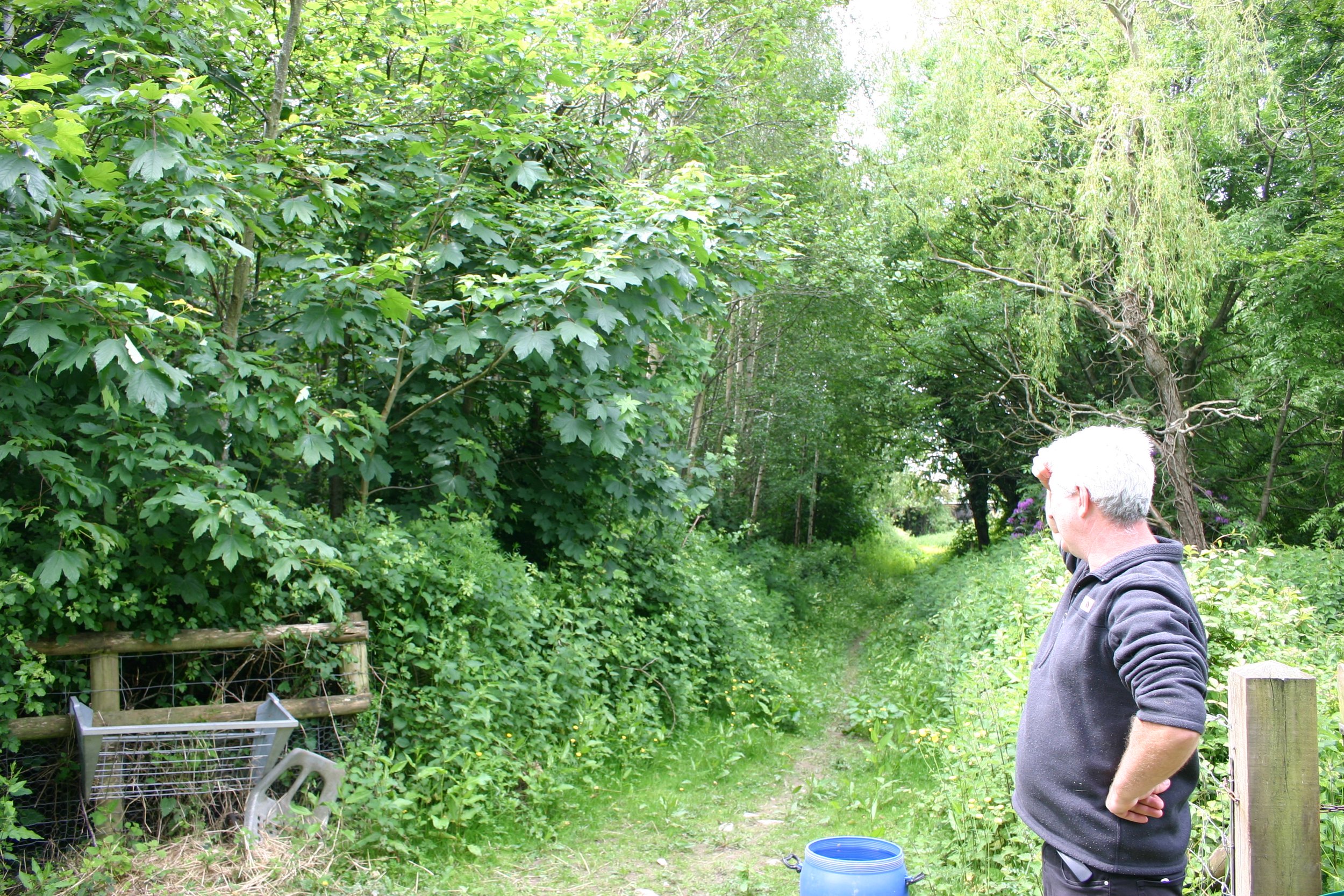
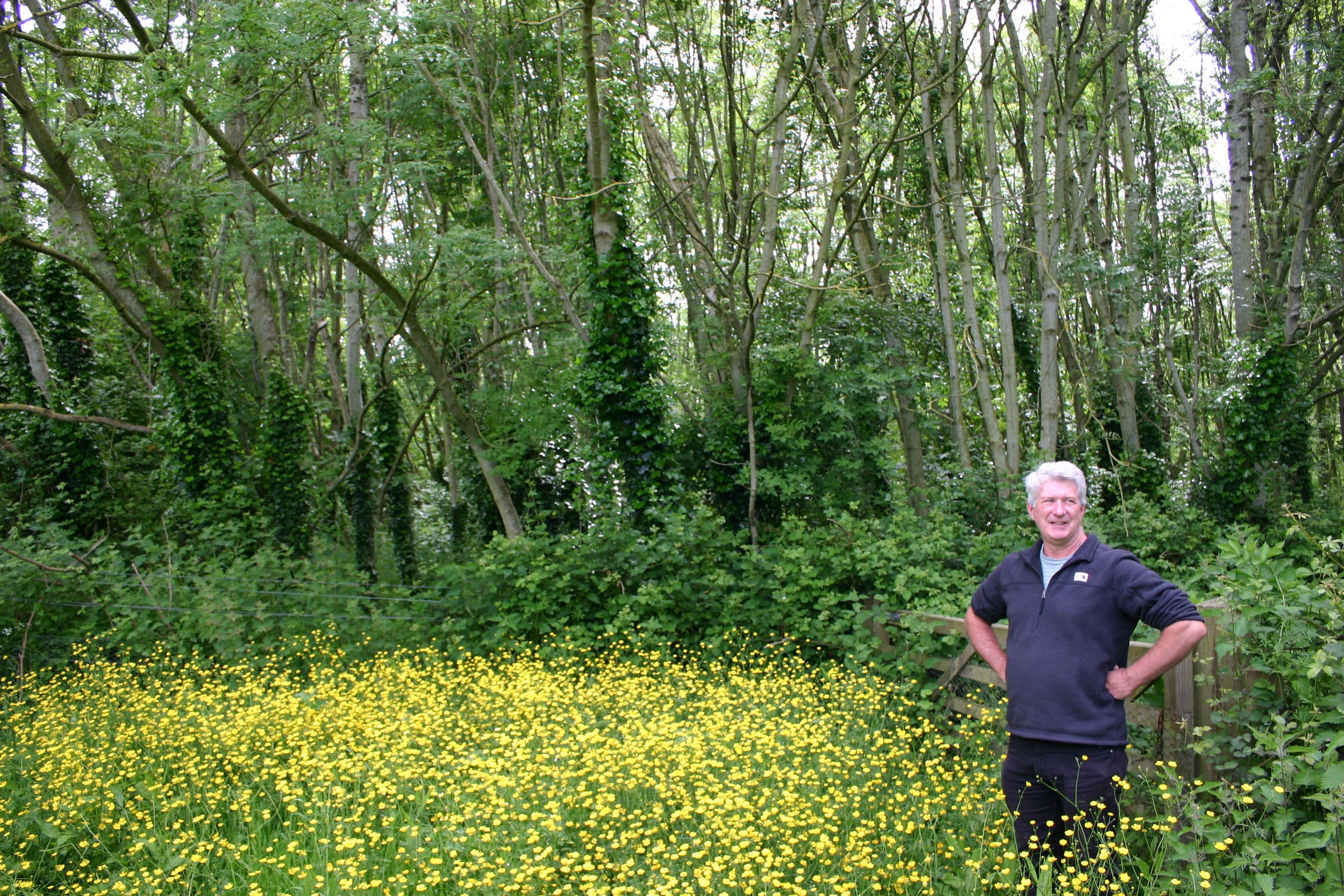
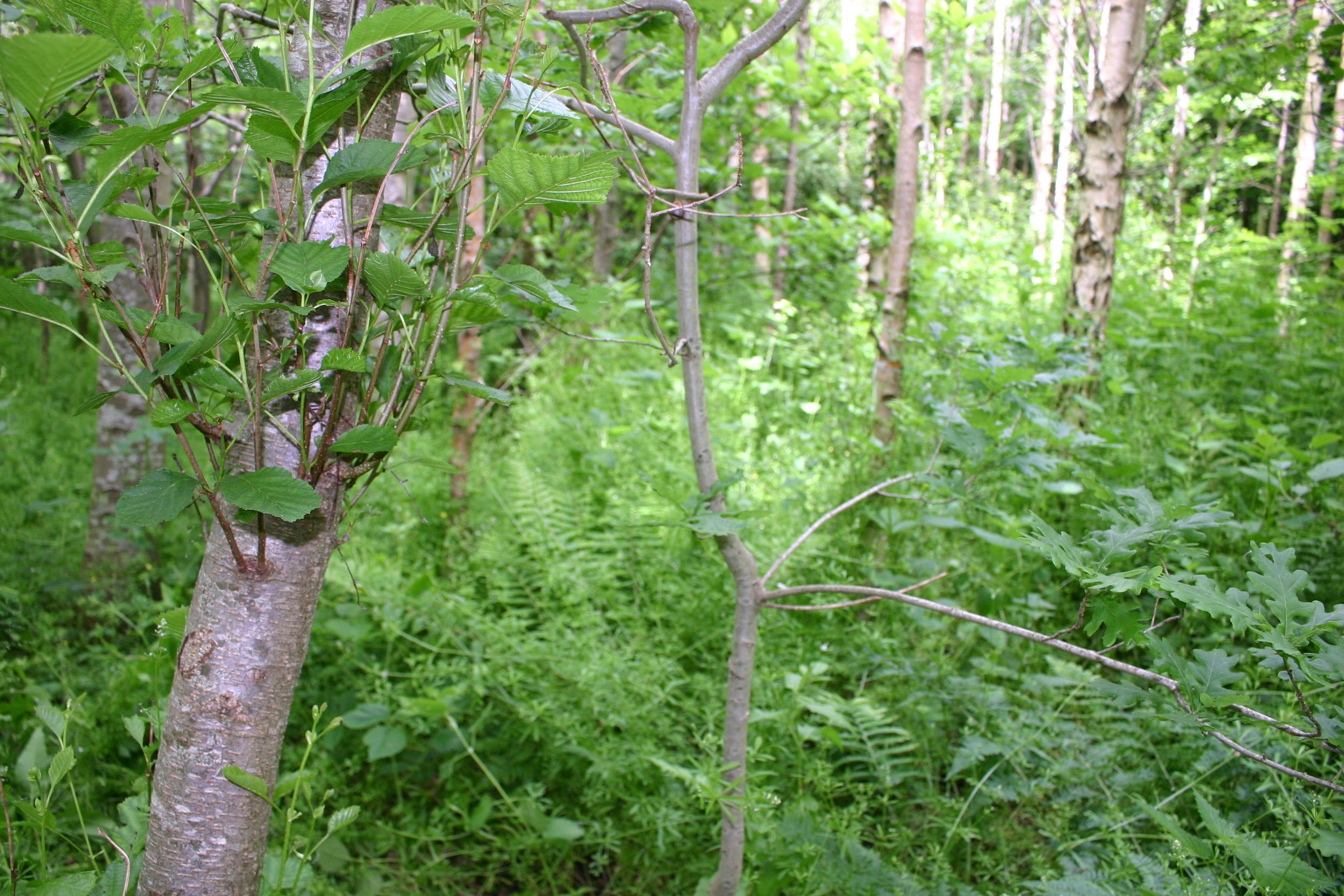
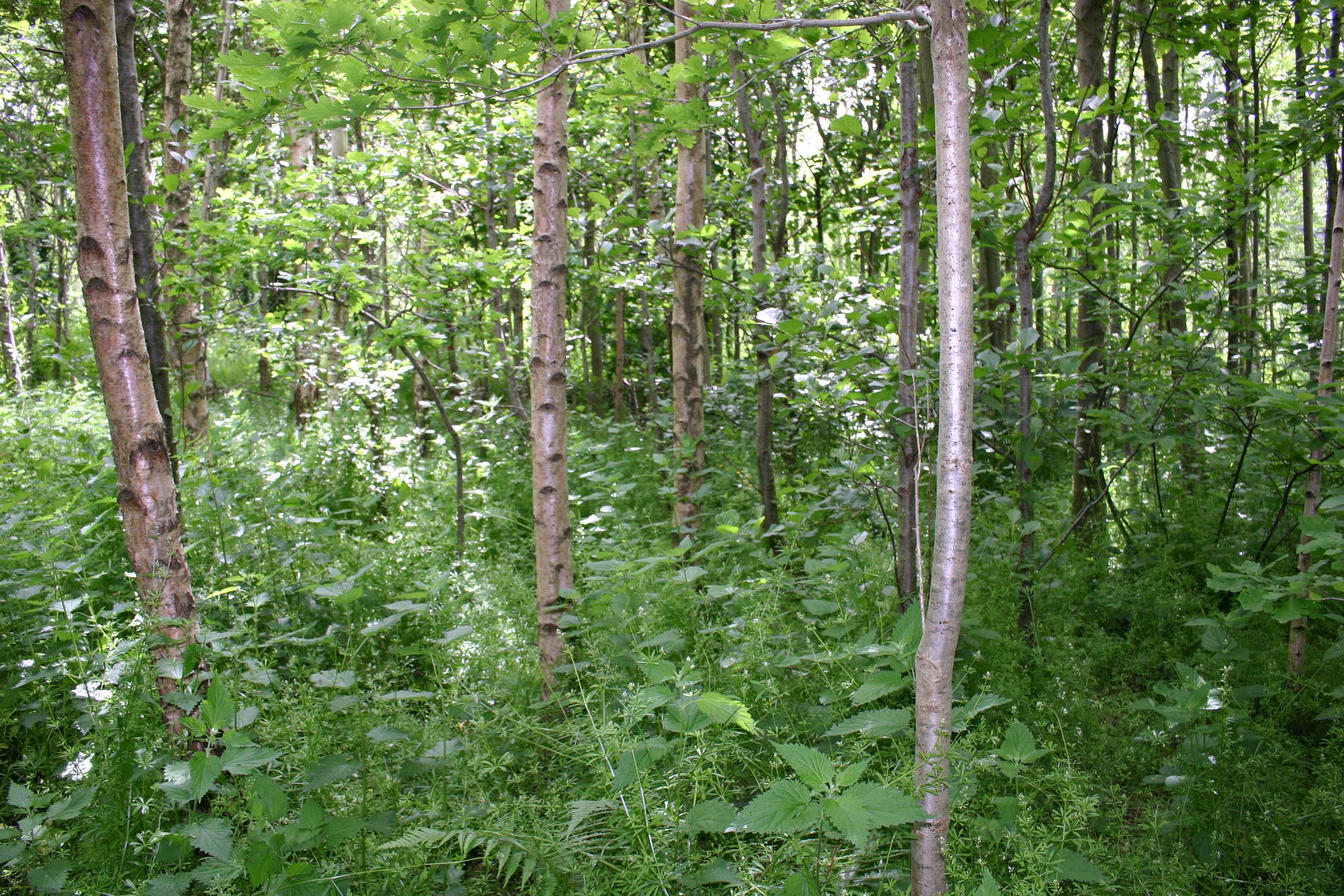
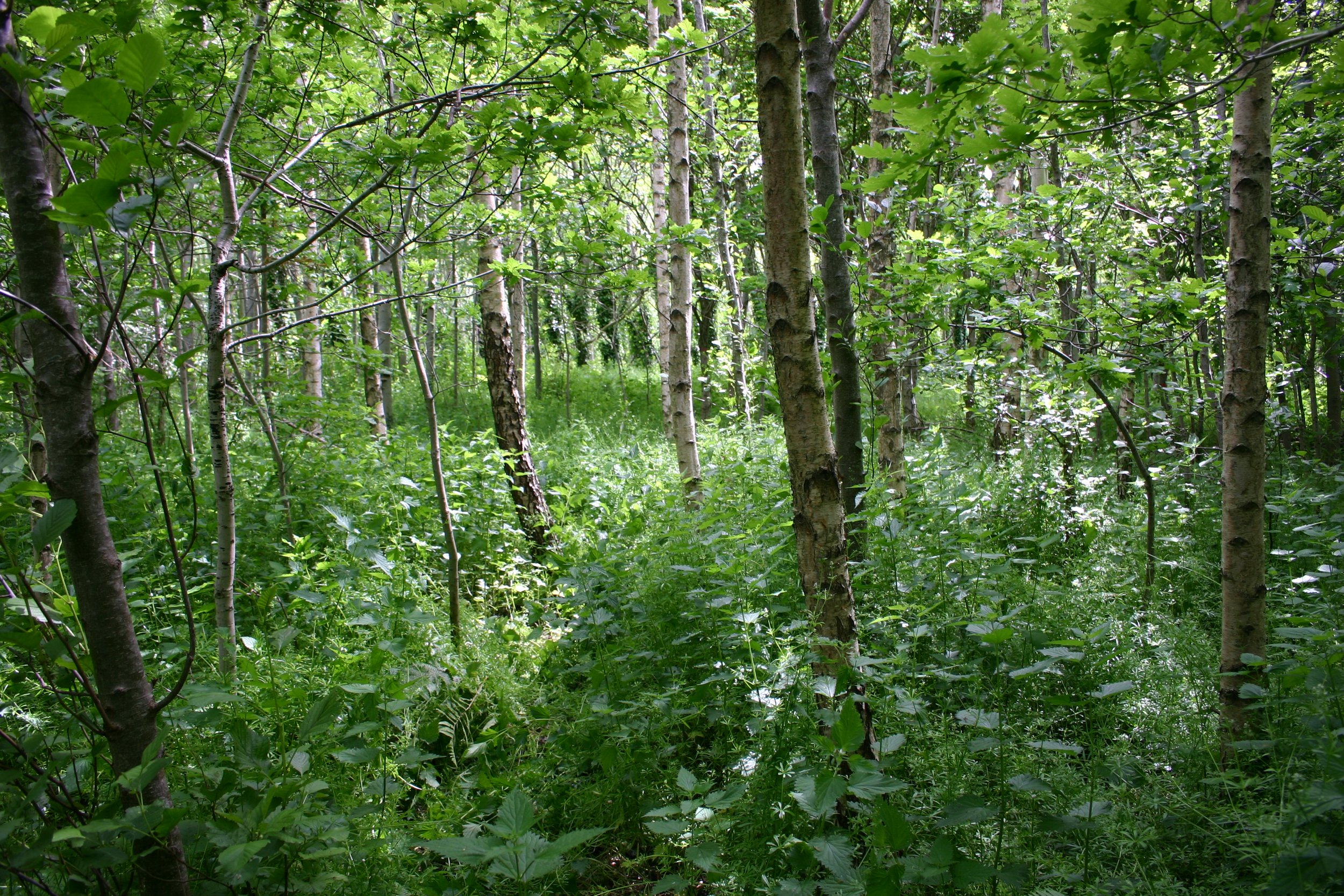
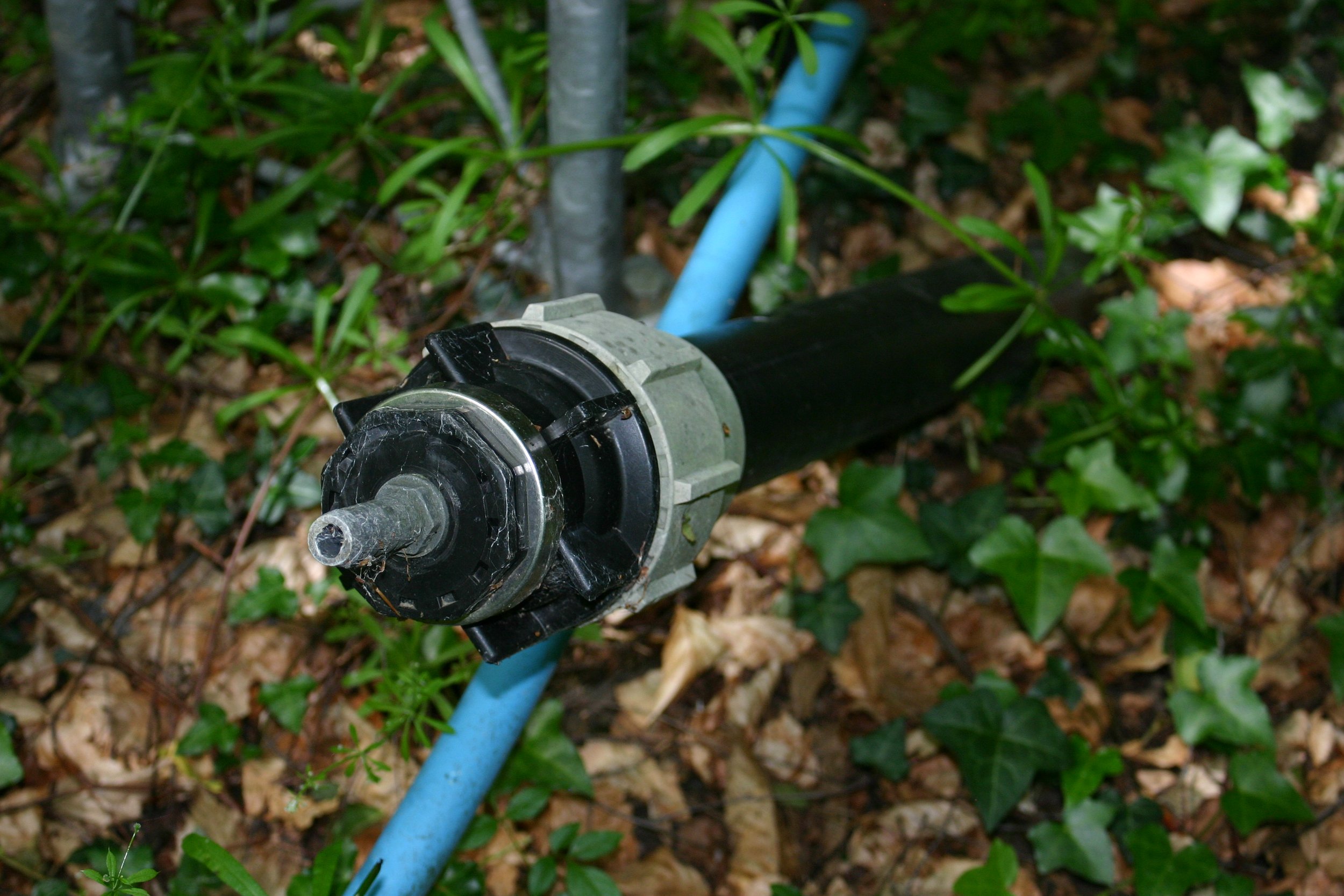
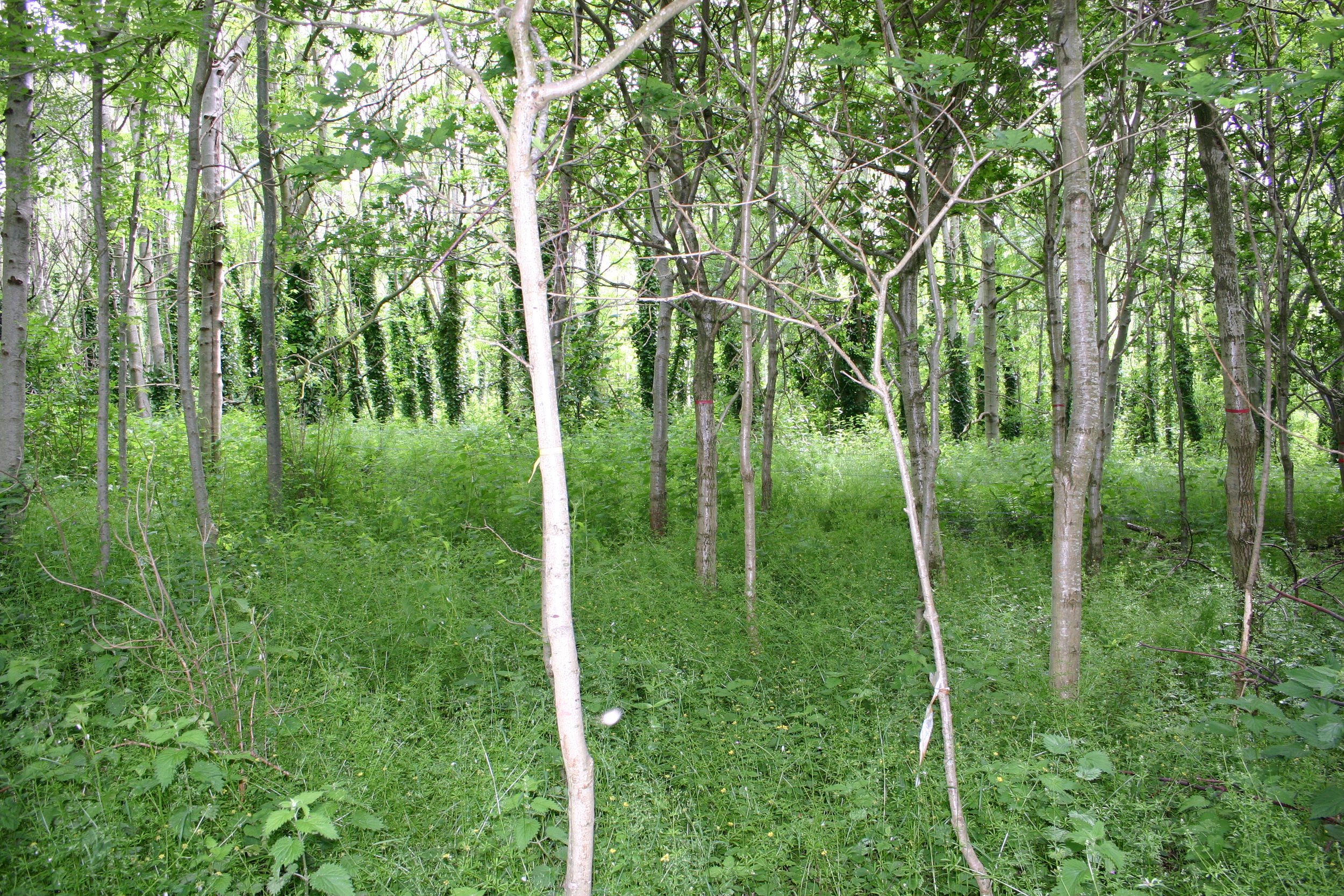
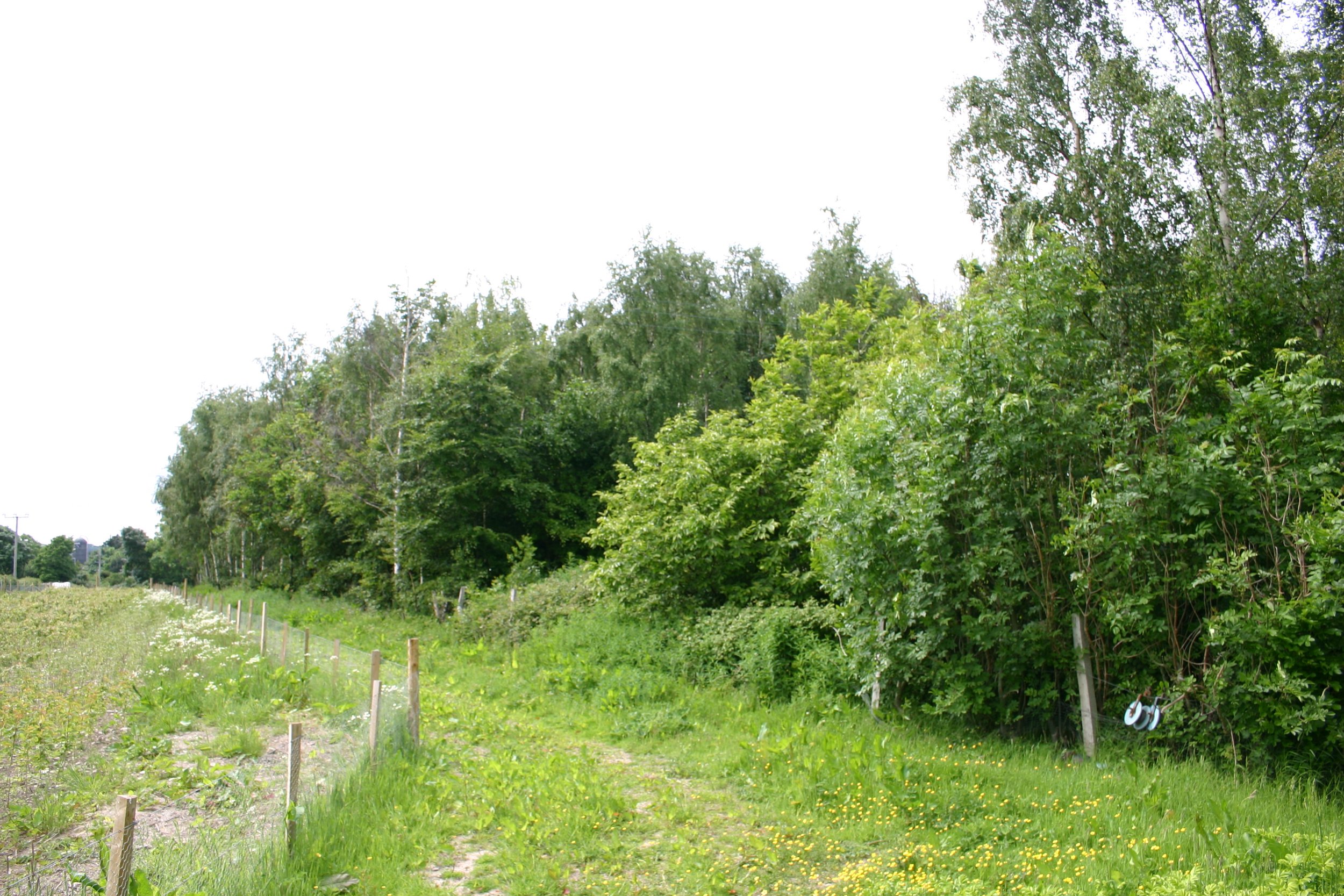
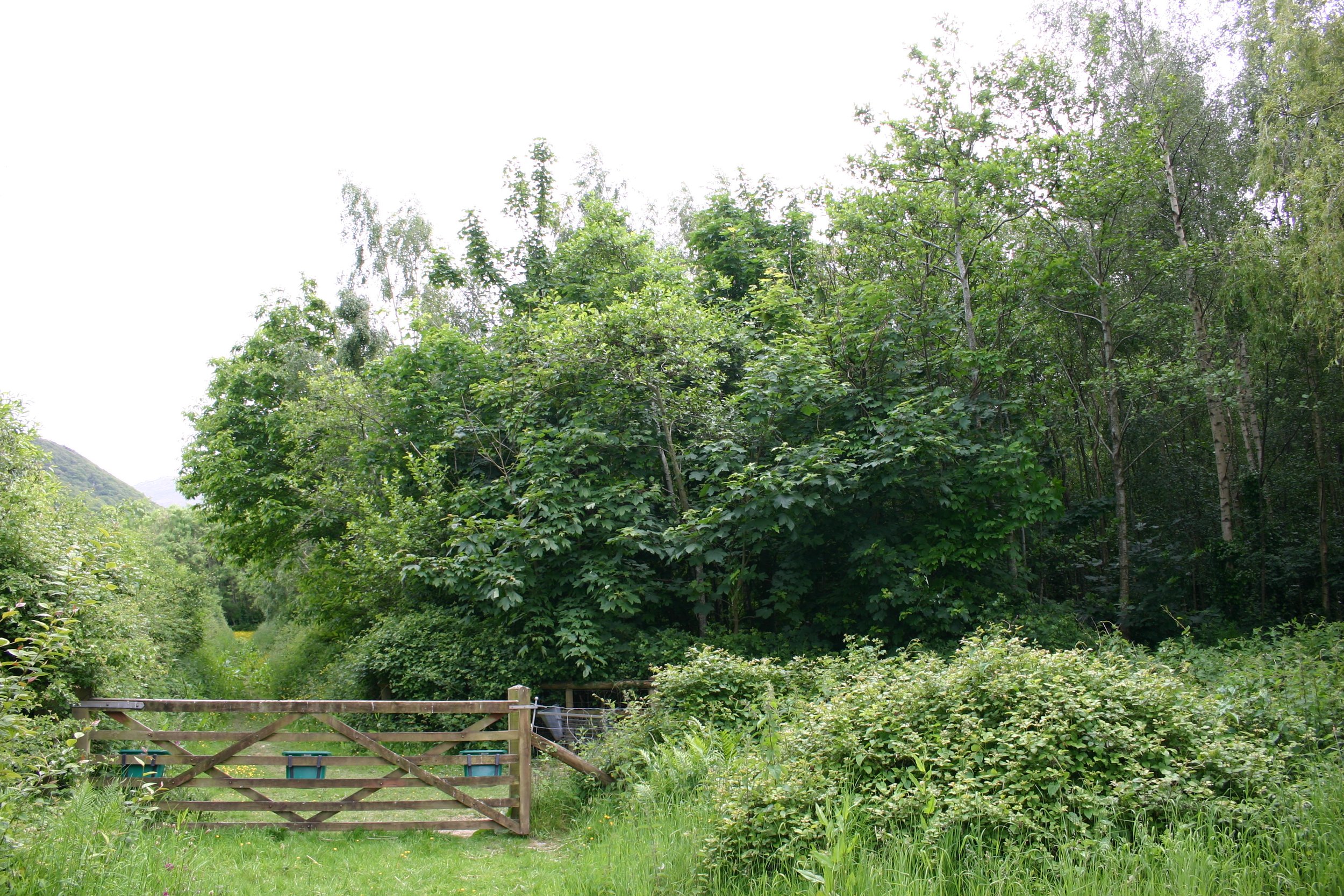
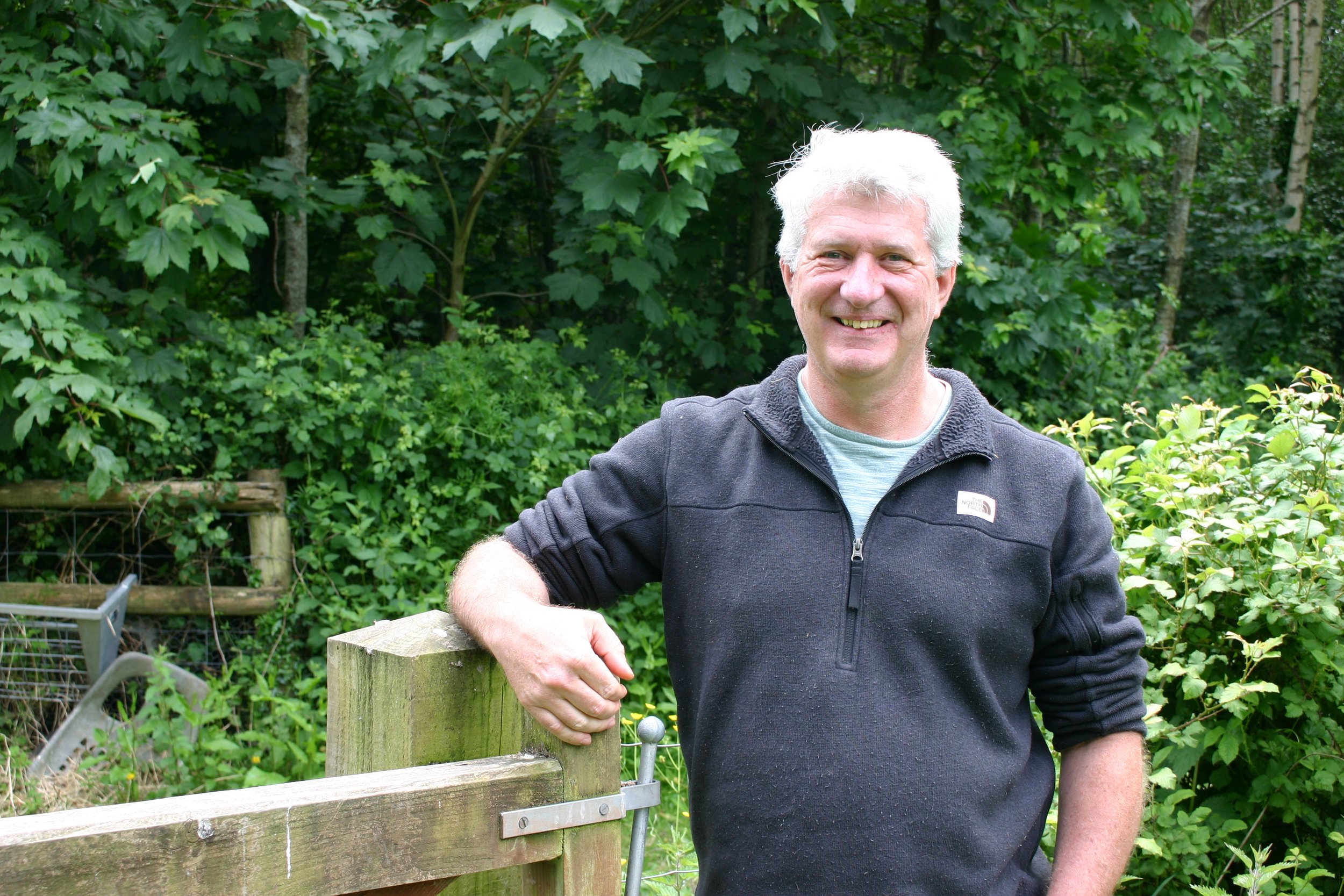
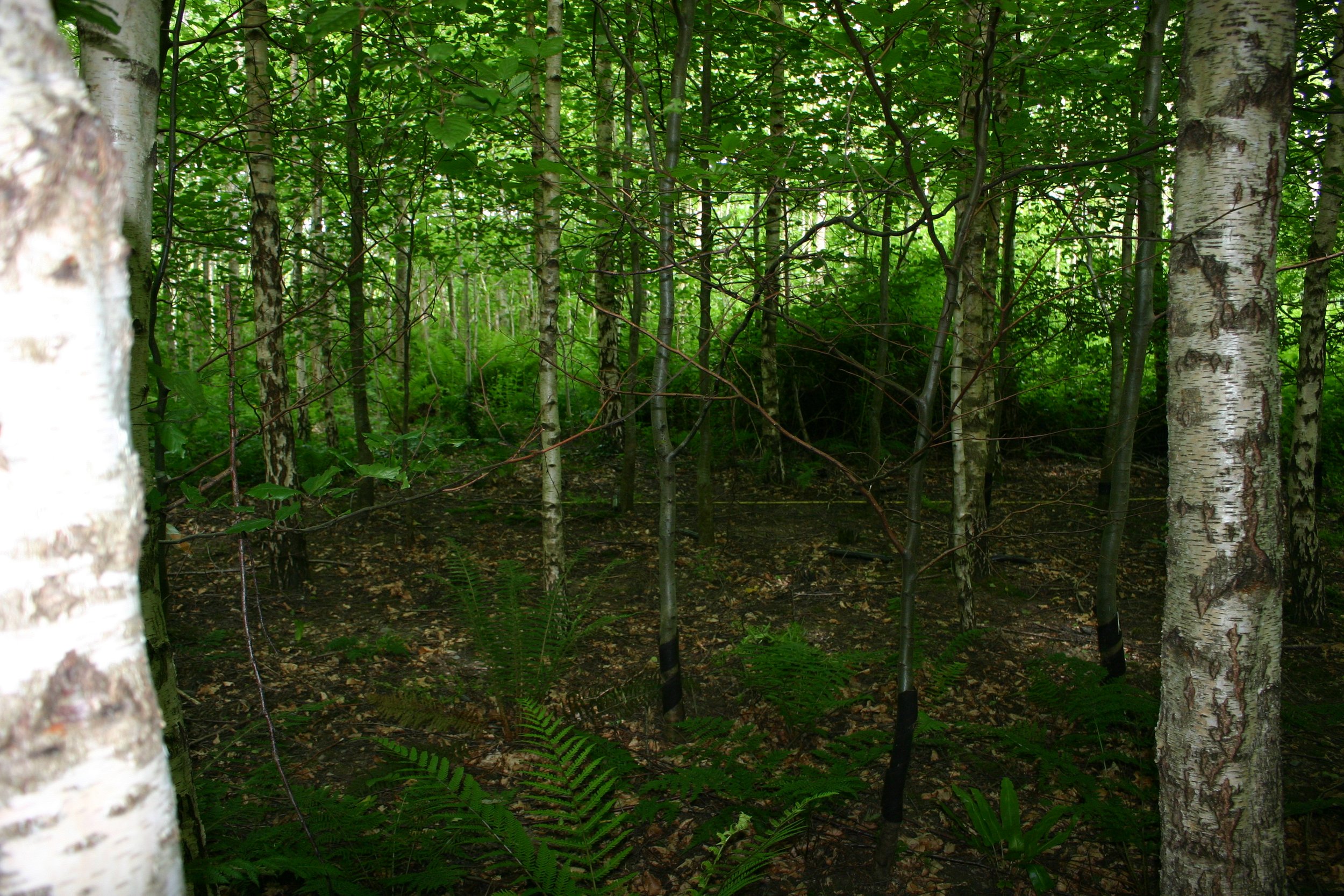
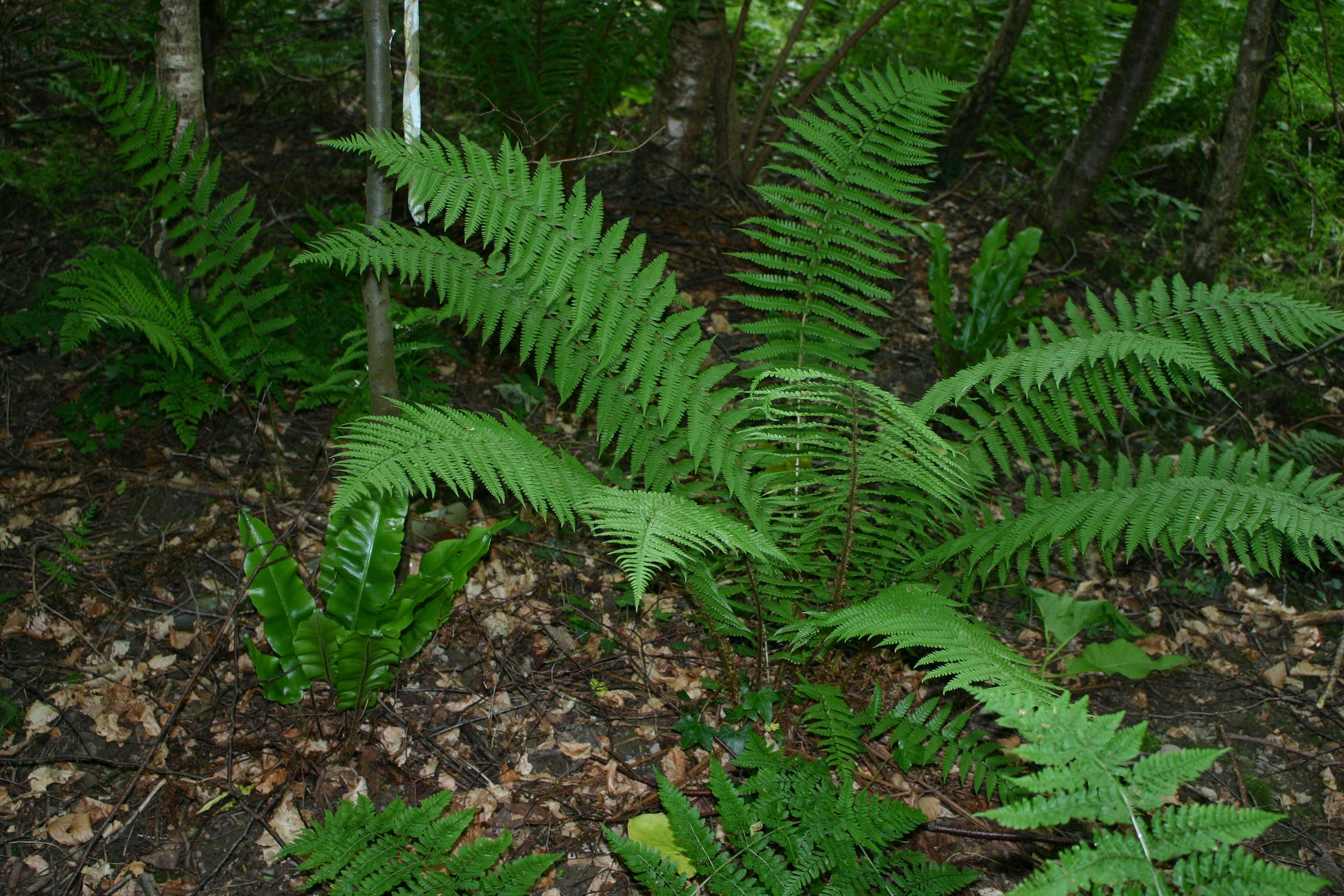
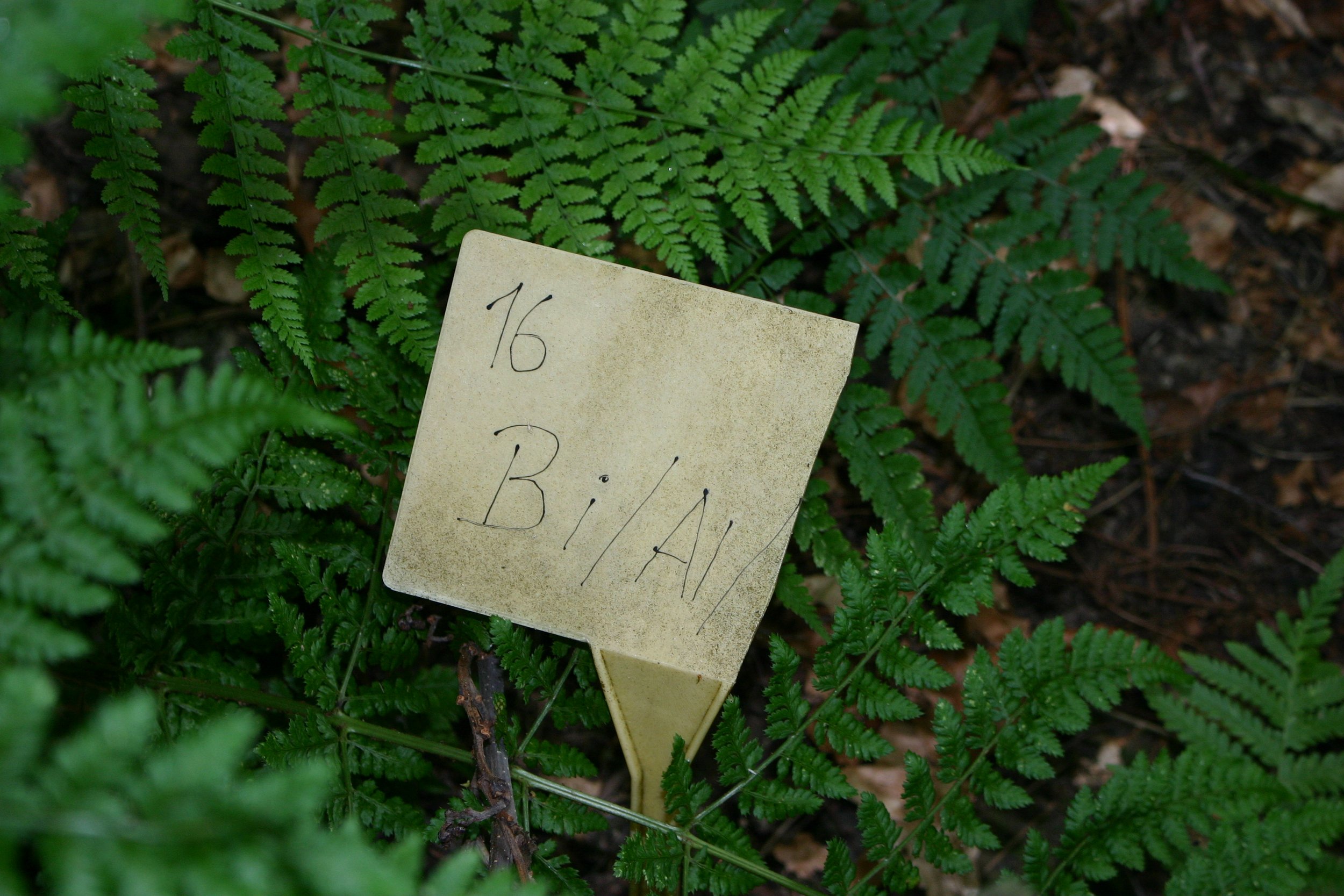
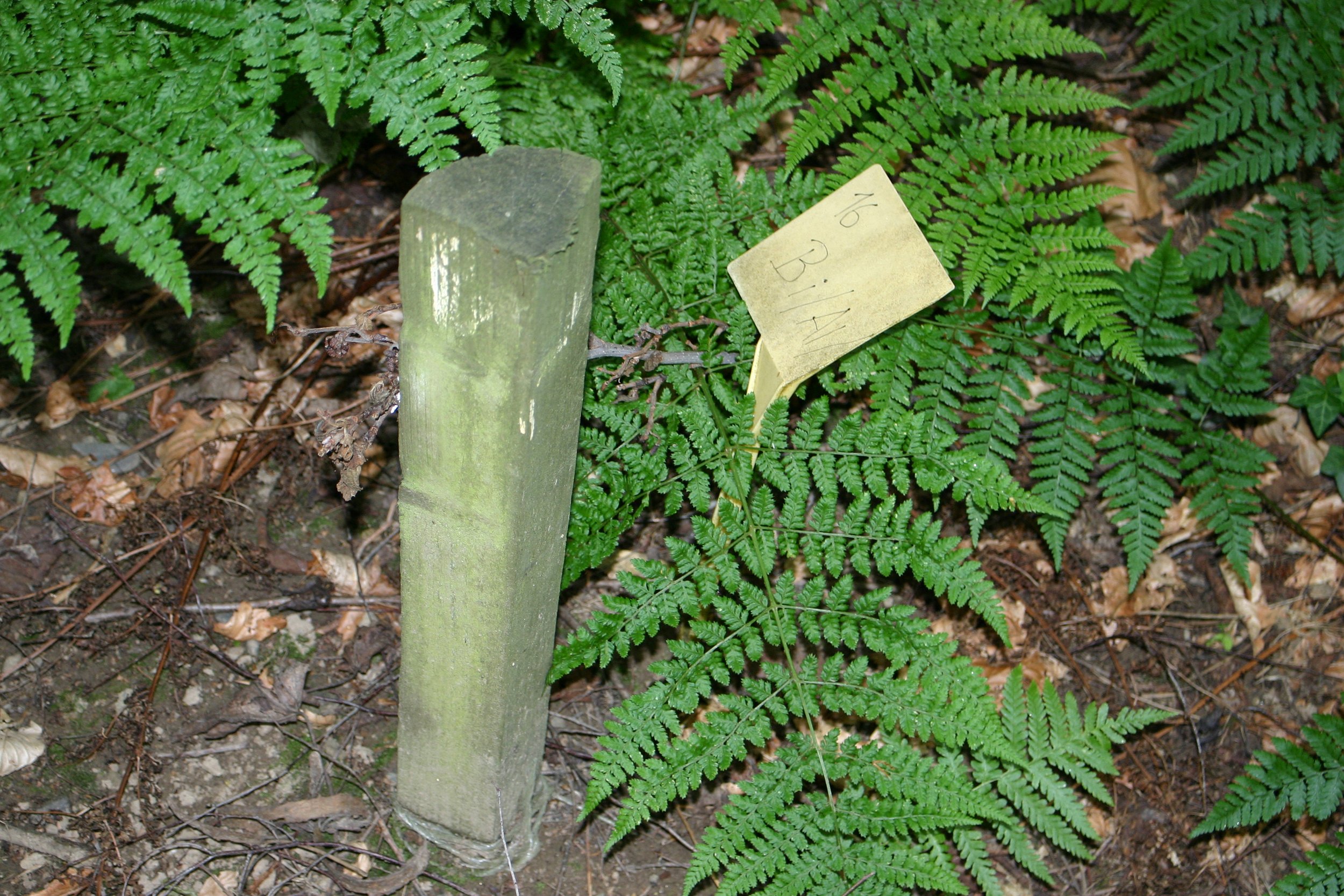
About the experiment
-
The BangorDIVERSE experiment evolved from the 2.36 ha forest infrastructure that encompassed a Free Air CO₂ Enrichment (FACE) climate change experiment (BangorFACE: Smith et al., 2013a; Smith et al., 2013b). It is located in the Aber valley about 12 km east of Bangor, Wales. It is a forest diversity infrastructure experiment with the goal of exploring forest diversity, its ecological functioning and sustainability.
Forests provide a wide range of ecosystem services, such as carbon sequestration amongst others. It has been suggested that high species diversity should provide increased resilience and stability for the provision of these services (Hooper et al., 2012).
While high species diversity ecosystems have decreased ecological process rates (e.g. decomposition), they can also be more productive. However global change reduces species diversity. Therefore, there is a need to understand how high species diversity affects ecosystem services.
Previous experiments that looked at the link between species diversity and ecosystem productivity have been limited to laboratory or grassland field trials (Tilman et al., 1996; Hooper et al., 2005). The BangorDIVERSE experiment provides a unique opportunity to look at the factors between tree species and ecosystem services provisioning in a forest field experiment over a long time scale.
-
There are one, two and three species mixtures of alder (Alnus glutinosa L.), birch (Betula pendula Roth.), beech (Fagus sylvatica L.), ash (Fraxinus excelsior L.), sycamore (Acer pseudoplatanus L.), chestnut (Castanea sativa Mill.), and oak (Quercus robur L.) across 92 plots in a fully replicated (n=4) planting design. These species were chosen to represent a range of taxonomic, physiological and ecological type which was based on their contrasting shade tolerance, and successional chronology. Individual plots vary from 0.01 ha to 0.16 ha, and contain between 80-160 trees dependent on mixture composition.
A systematic hexagonal planting design (Aguiar et al. 2001) was used to maximise the mixing effect between the species. Thus, in a three species mixture block, each tree was surrounded by nearest neighbours of two-con-specific individuals, and one and three individuals of the other two species. This would result in each tree having six equidistant neighbours.
A replacement series design (with inter-tree spacing constant between treatments) was chosen. This was to reflect the practical reality of how forests could be established whether they constitute monocultures or mixtures of potential canopy tree species (Jolliffe, 2000).
-
Former PhD student Bid Webb found that ash tree roots have a significant impact on how well water infiltrates the soil.
The aim of Bid’s thesis was to understand how tree species identity, community and soil type affects water movement.
Root morphology is species specific, and roots interact with the soil and other species to affect soil structure, and consequently how water moves through the soil. Bid looked at a combination of root morphological traits which she collected from 3 soil layers, and the physical properties of soil where she looked at 2 layers. Additionally, she studied how ash interacted with different soil types and textures which commonly characterise soil types in the UK: sandy silt loam, a silty clay loam (limestone rich and one not limestone rich), and clay loam. She found that fine ash roots altered the soil hydrology regardless of soil type at the top-most layer. Ash roots create large pores in the soil thus increasing the soil macroporosity, so water moves more quickly through the soil and it stores more water.
Her findings highlight that ash trees can help mitigate flood risk due to how they affect the soil, which has policy implications (Webb et al., 2022). Land-managers and modellers need to consider the individual traits of tree species when planning afforestation (Webb, 2021).
Former PhD student Tim Peters found that carbon is being transferred preferentially to alder which in turn benefits the forest community.
Tim’s PhD was to examine the role that symbiotic soil microbes play in the carbon cycle and in carbon sequestration. The mycorrhizal fungi network that makes the ‘Wood Wide Web’ enables the flow of nutrients between trees amongst other things. The goal here was to identify how much carbon is transferred across this network, and whether trees of the same species transfer more or less carbon.
Tim planted 3 tree species that have a fungal symbiotic relationship (alder, silver birch and sweet chestnut) in pots, and joined them using Perspex tubes that contained sand and phosphorus. After 9 months, he delivered 14C isotope to only 1 out of the joined pots while also using controls and 4 replicates of each combination. He then sampled the whole plant looking at various factors (e.g. soil water and respiration) as well as how the 14C was being transferred. He found that more carbon is being transferred between trees of different species than between the same species. In particular, he saw that carbon was being transferred mostly to alder’s root nodules where Frankia alni fixes nitrogen. In turn alder benefits the forest community by improving soil fertility.
This further demonstrates individual tree species have traits that need to be considered during afforestation. In this case, it highlights the transfer of carbon and how this can be utilised for carbon sequestration (Peters, T. 2017c).
-
Tree root core data
Hydraulic conductivity data
In situ soil moisture data
Soil bulk density, porosity, stoniness, gravimetric moisture content, and soil water release curve data
Soil pore size distribution data
Soil organic matter data
-





